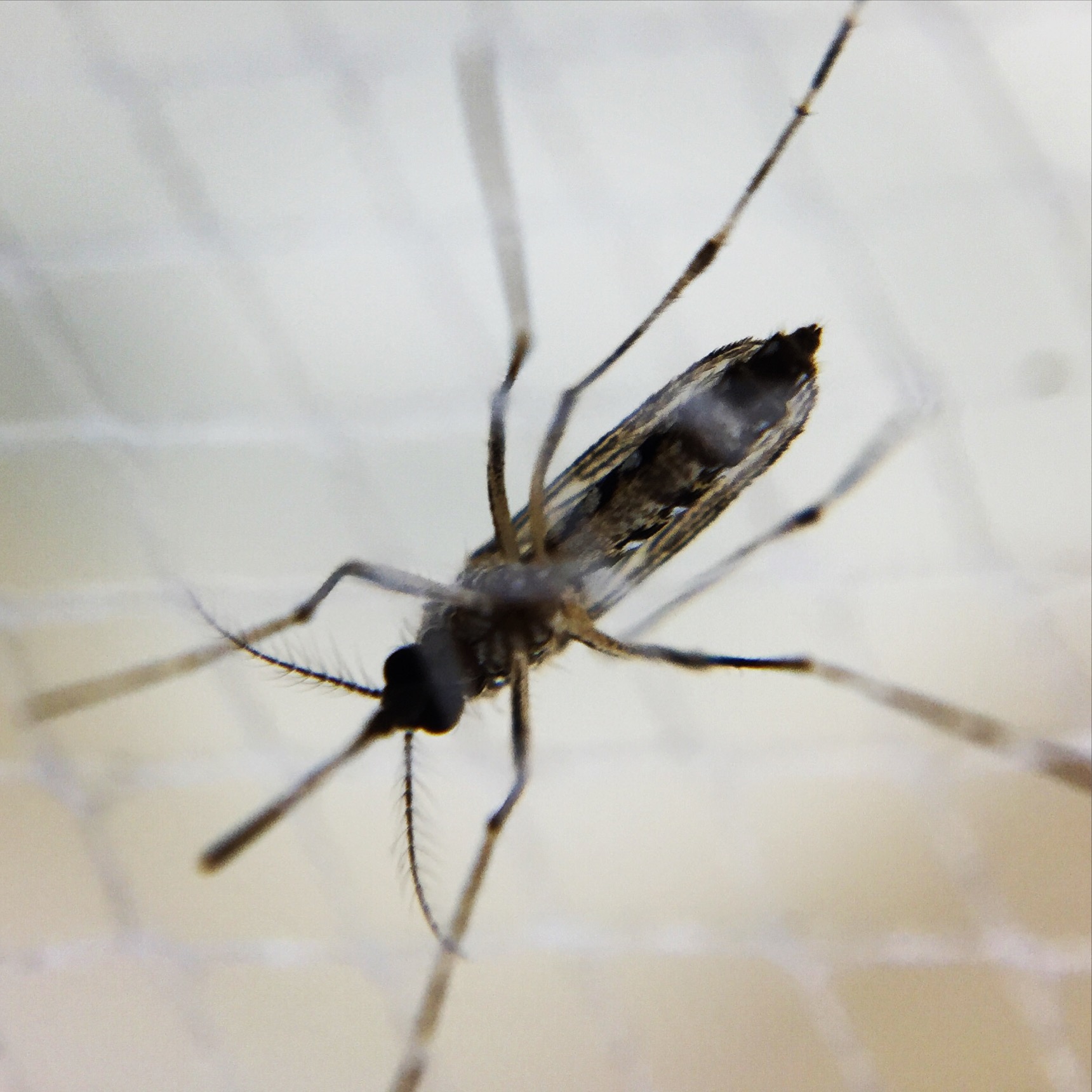Discovered in the Zika forest, Uganda, in 1947, Zika virus is a member of the flavivirus family. Other flaviviruses include those that cause dengue, yellow fever, and West Nile fever. Like its relatives, Zika virus is primarily transmitted to humans through the bite of infected Aedes aegypti mosquitoes. Zika virus can be transmitted from an infected pregnant woman to her baby during pregnancy and can result in serious birth defects, including microcephaly. Less commonly, the virus can be spread through intercourse or blood transfusion. Most people who become infected with Zika virus do not become sick. For the 20 percent of people who do develop symptoms, the illness is generally mild and includes fever, rash, joint pain and conjunctivitis (red eyes). Illness lasts several days to a week. In non-pregnant people, the virus is generally eliminated from the body after a few weeks although it may remain longer in semen.
Why Is the Study of Zika Virus a Priority for NIAID?
In May 2015, the Pan American Health Organization issued an alert regarding the first confirmed Zika virus infection in Brazil. Since that time, Brazil and other countries and territories in Central and South America, as well as the Caribbean (including Puerto Rico and the U.S. Virgin Islands) have experienced ongoing Zika virus transmission. In the continental United States, there has been no local Zika transmission via infected mosquitoes to date, but there have been cases of individuals infected with the Zika virus through travel to affected countries. Read more about why studying Zika virus is a priority for NIAID.
How Is NIAID Addressing This Critical Topic?
NIAID is working with its partners in government, academia, and the pharmaceutical and biotechnology industries to better understand Zika virus, the disease it causes, and ways to combat it. Specifically, NIAID is accelerating research in areas such as the natural history of the disease, basic research on the Zika virus, how it causes disease (called pathogenesis), diagnostics to rapidly determine if someone is or has been infected with Zika and to distinguish from other flaviviruses, as well as treatments and vaccines. Read more about how NIAID is addressing Zika virus.
NIAID research helps us learn more about the Zika virus to help those affected. The National Library of Medicine offers a Zika Virus Health Information Resource Guide for more information on where the current risks are and other research initiatives world wide.

A female Aedes mosquito.
NIAID is supporting basic research to better understand the Zika virus’ natural history and evolution, viral biology, structure, replication, transmission, and pathogenesis (ability to cause disease) as well as the virus’ interactions with mosquitoes and the human immune response to Zika. Currently, NIAID is developing animal models that could be used to test and evaluate candidate therapeutics and vaccines.
NIAID is actively working on vaccine candidates to prevent Zika virus infection. Fortunately, NIAID scientists had already created vaccine platforms for other flaviviruses that can be used as a starting point for a Zika vaccine. Specifically, NIAID is currently pursuing several vaccine approaches.
Accurate diagnostic tests for Zika virus infection are needed to distinguish it from other flavivirus infections and to identify women who have been infected with Zika virus during pregnancy and may be at risk for developing fetal complications. Blood, organ and tissue donor screening tests are also needed to assure the safety of transfusion and transplantation in areas of active mosquito-borne virus transmission.
NIAID used its existing antiviral drug screening program for other flaviviruses, such as dengue, West Nile, yellow fever, and Japanese encephalitis, to create a test that could examine drug compounds for potential antiviral activity against Zika virus. To date, the test has been used to evaluate more than 60 antiviral compounds for activity against Zika; 15 of these compounds have been found to have moderate to high activity and are undergoing further evaluation.
What's New:
Latest News Releases
-
NIAID Officials Call for Continued Zika Research , January 13, 2017
-
Antibody Protects Against Fetal Disease in Mouse Model of Zika Infection, November 7, 2016
-
Testing of Investigational Inactivated Zika Vaccine in Humans Begins, November 7, 2016

